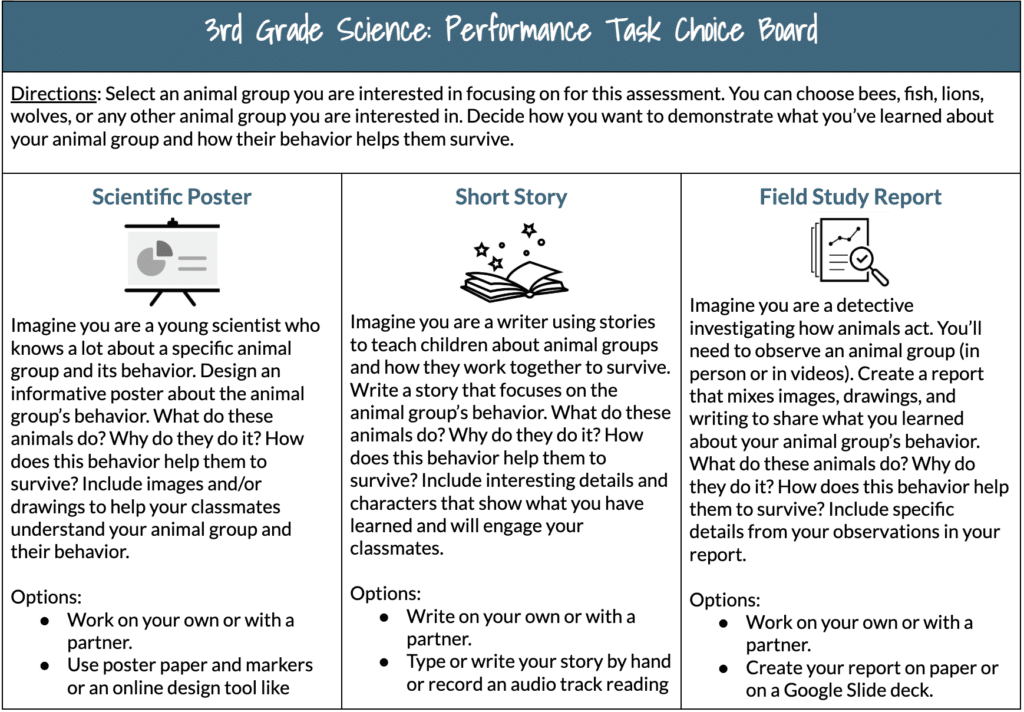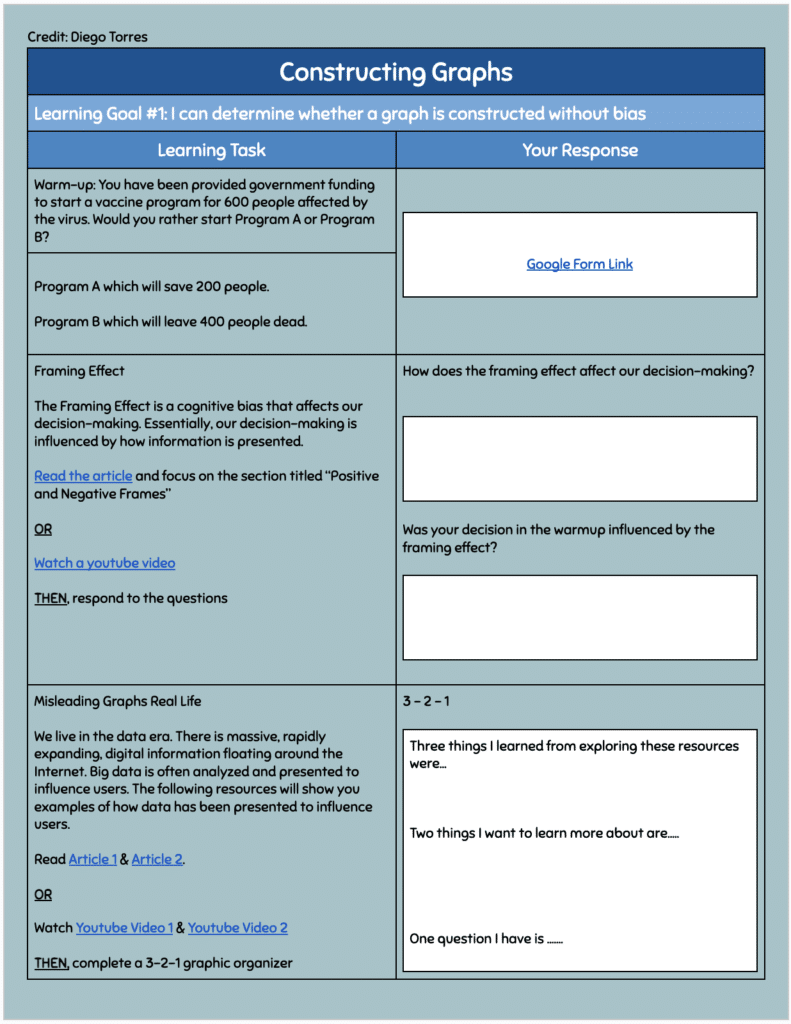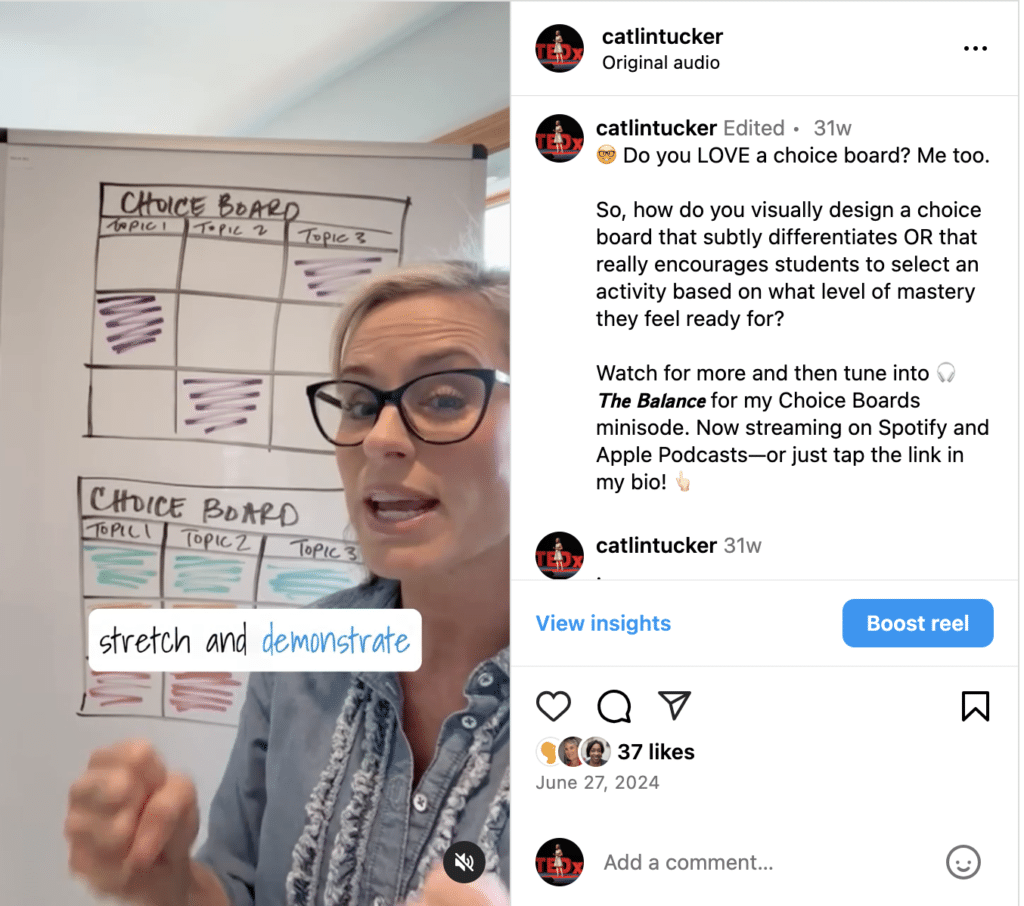In my previous blogs on MTSS, I have provided an overview of the Multi-Tiered System of Supports as it relates to instruction. I’ve highlighted how differentiated small group instruction can improve the effectiveness of Tier 1 instruction, reducing the need for Tier 2 support and Tier 3 intervention. I have also presented strategies teachers can use to provide Tier 2 support and extension. This blog will shift focus to Tier 3 intervention.
As more schools embrace inclusive education and strive to allow all students to learn in the least restrictive environments (LRE), more teachers are responsible for supporting a wide range of learning needs in general education classrooms. While this shift ensures that students receiving special education services can learn alongside their peers, educators must be strategic about how they structure learning experiences.
Many educators are asking: How can I provide high-quality core instruction while also making time for intensive, small-group or one-on-one intervention for students who need Tier 3 intervention? How can I ensure students receive the support they need to progress toward clearly defined, standards-aligned learning goals?
Tier 3 instruction has traditionally been provided outside the general education classroom, but that model is shifting. Many schools recognize that removing students from the classroom is not the best approach. Instead, we need to design classrooms where students are engaged in meaningful, self-directed learning so teachers can provide targeted intervention without disrupting the learning experience for the rest of the class.
For those who question the value of least restrictive environments and inclusive education, research highlights its positive impact. Inclusive learning experiences support students in feeling valued, included, and successful academically, socially, and emotionally.
A study by Indiana University, published in the Journal of Special Education (2022), found that high schools with inclusive classrooms tend to have higher student achievement and better prepare students for secondary education and future careers. Similarly, research conducted by Alana and ABT Associates (2016) highlights that inclusive learning environments contribute to academic success for all students. In addition to these benefits, they enjoy stronger social connections, experience increased confidence, and develop an understanding and appreciation for the diversity around them.
Tier 3 Instruction: A Data-Driven Approach
Tier 3 instruction is the most intensive level of support within MTSS. It focuses on addressing significant learning gaps with individualized instruction that is explicit, scaffolded, and aligned to students’ needs.
The key to effective Tier 3 intervention is using data to identify and meet students’ needs strategically. Teachers can use formative assessments, diagnostic tools, and progress monitoring to determine the students who need Tier 3 instructional intervention.
| Essential Steps | What Teachers Do |
| Identifying Struggling Students | Use formative assessments to pinpoint students who are significantly behind their peers in mastering core concepts or skills. |
| Analyzing Patterns | Review student work and assessment data to identify misconceptions, skill deficits, or gaps in prior knowledge. |
| Differentiating and Personalizing Instruction | Use formative assessments to pinpoint students who are significantly behind their peers in mastering core concepts or skills. |
| Monitoring Progress | Regularly assess student growth using tools such as exit tickets, fluency checks, or small-group observations. |
To enhance the effectiveness of Tier 3 interventions, teachers must consistently document their efforts to meet students’ needs. Keeping track of which interventions were used, how students responded, and their progress over time helps teachers refine their instructional approaches and make informed decisions about ongoing support. Thoughtful documentation not only strengthens intervention effectiveness but also provides valuable insights about what is working that can be shared with colleagues, specialists, and families to enhance student success. (For a collection of MTSS resources, including a progress monitoring tool for teachers, check out the form at the bottom of this blog. 👇🏻)
Instructional Strategies That Free Teachers to Provide Tier 3 Intervention in General Education Classrooms
To make time for Tier 3 interventions, educators need instructional models that shift the responsibility for learning to students, allowing them to engage in self-directed, meaningful tasks. Here are four powerful strategies that support student-led learning while freeing the teacher to pull individual students or small groups for intensive instructional support.
1. Reciprocal Teaching with Multimedia
Reciprocal teaching is a student-led strategy that requires students to think critically, engage actively, develop comprehension skills, and engage in conversation with their peers. Small groups of approximately four students engage with a text, video, podcast, or other form of media. The goal is for the group to stop at regular intervals (e.g., after each paragraph or section of text, after two minutes of video or podcast content) to discuss the information presented using their comprehension lenses—summarizer, predictor, questioner, and clarifier. They work together to unpack the information and make meaning.
Reciprocal teaching also helps teachers because they can use it to transfer some information with media (instead of relying exclusively on whole group teacher-led lectures and mini-lessons) while actively engaging students in the discovery and meaning-making process. This routine can free the teacher to work with individual students or small groups to provide Tier 3 intervention while the rest of the class is engaged in reciprocal teaching.
2. Choice Boards
Choice boards empower students by providing them with structured autonomy over their learning pathway, enabling them to engage in self-paced, self-directed activities that free teachers to focus on individual or small-group instruction.
Choice boards are versatile and can serve various purposes. They can engage students in spiral review or review ahead of an assessment, choose your learning path adventures, authentic assessments, reflection and metacognitive skill building, and more!

A well-designed choice board shifts ownership over the learning to students, allowing them to select from a range of activities that vary in rigor and complexity and appeal to different learning preferences and interests. By incorporating differentiation, teachers can ensure that all students have access to meaningful, appropriately challenging learning experiences tailored to their needs. Want to see how it works? Click here to watch my explanation on Instagram
3. Playlists
Playlists are a structured sequence of learning activities that students complete at their own pace. They can include instructional videos, digital simulations, meaning-making activities, practice and review, and reflection activities. They are designed to move students toward a clear desired result.

Because playlists can be differentiated and personalized, they offer flexibility in meeting the diverse needs of students. Teachers can include:
- Content is presented in different formats (e.g., video, text, audio) to ensure it is accessible to students at different skill or language levels.
- Scaffolds that provide additional support for students who need it (e.g., graphic organizers, sentence stems, word banks).
- Strategic partnering to encourage students to collaborate and provide access to peer support.
- Extension activities to challenge students who have mastered the core concepts and skills, encouraging deeper exploration or real-world application.
As the class self-paces through a playlist, the teacher gains valuable time to analyze formative data, pull individuals or small groups for targeted Tier 3 interventions, and document the interventions and their impact.
The Real Issue: Inflexible Instructional Models, Not Student Diversity
The range of needs in a classroom is not the problem—it is the reality in almost every learning environment. The real challenge lies in traditional, inflexible, teacher-led instructional practices that require educators to spend the majority of their instructional time at the front of the room orchestrating one-size-fits-all lessons. When classrooms are designed to empower students to take ownership of their learning, educators gain the flexibility to provide high-quality Tier 3 interventions without sacrificing student engagement or halting the progress of the rest of the class.
Meeting the diversity of needs in a classroom is exponentially easier when teachers design lessons that allow students to take the lead at times. Sharing the responsibility for learning with students can help us to redirect some of our time and energy resources to providing all students with the support and challenge they need to thrive in our classes.
When educators embrace student-led strategies like reciprocal teaching and utilize strategies like choice boards and playlists, their perspective of the diverse learning needs in their classrooms begins to shift. They no longer see them as obstacles but as opportunities for intentional design. The real challenge isn’t student variability; it’s ensuring teachers have the support, resources, and strategies to create more equitable and responsive learning experiences. By cultivating a robust and flexible instructional toolkit, educators can better meet the needs of all learners while fostering deeper engagement and improving academic outcomes.
Looking for More Support? Dr. Tucker provides customized professional learning experiences to help educators implement student-centered instructional models that improve Tier 1, Tier 2, and Tier 3 instruction. Contact us to learn how we can support your school in creating classrooms where every student thrives.




No responses yet